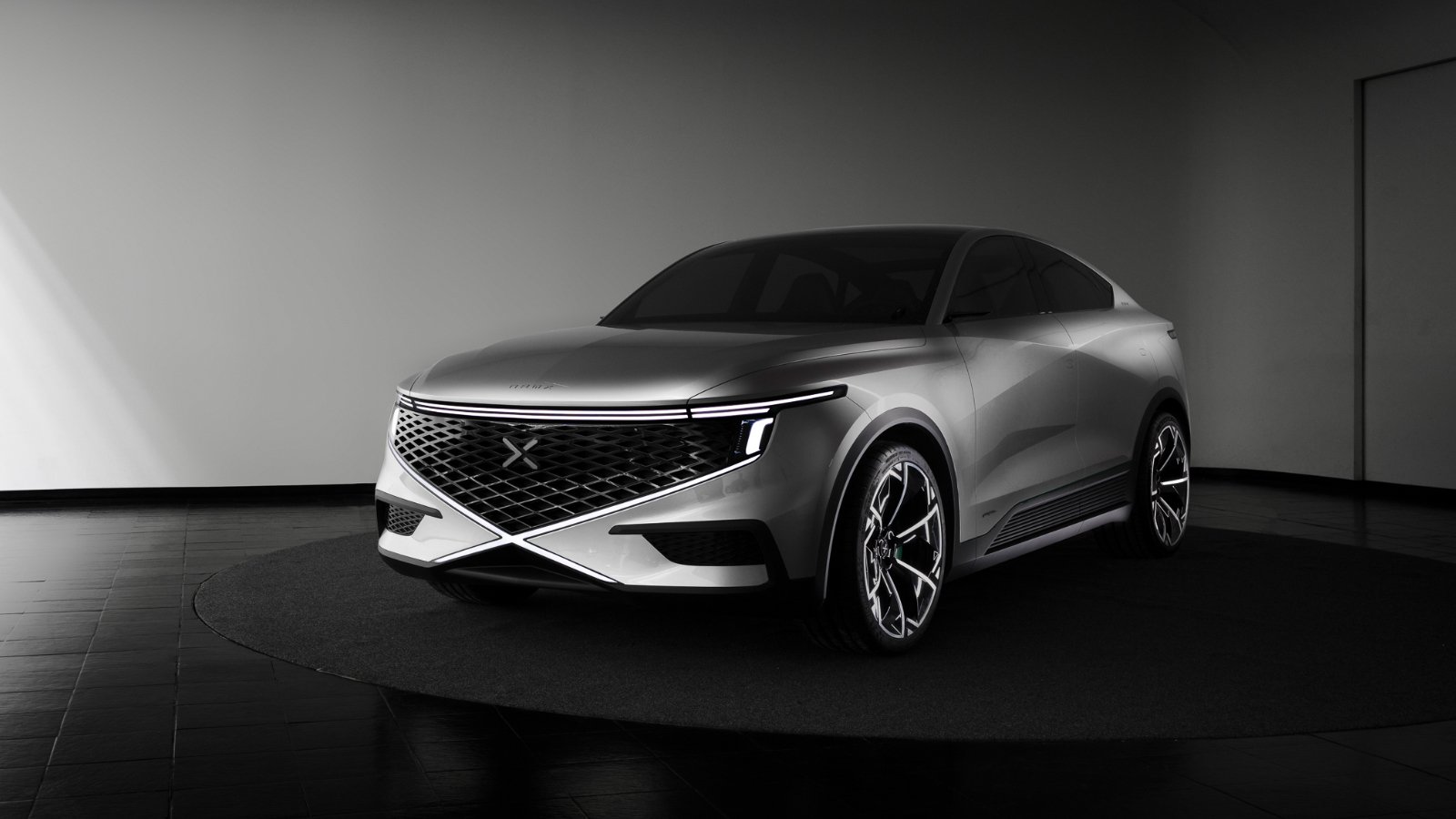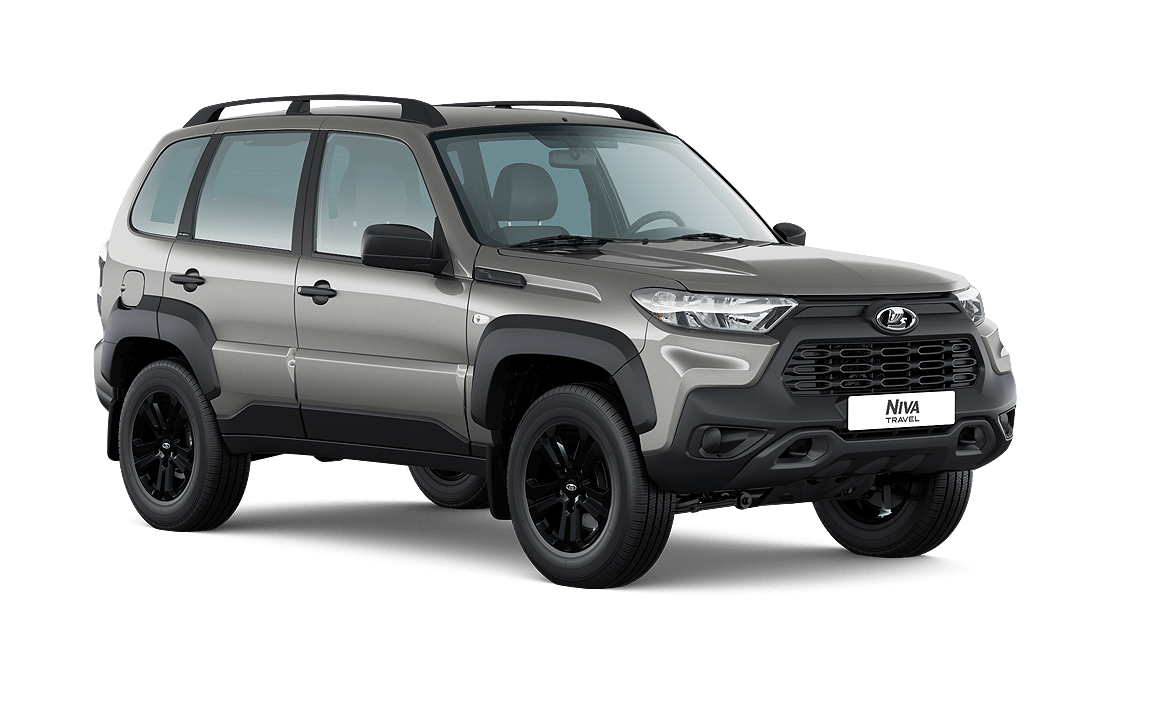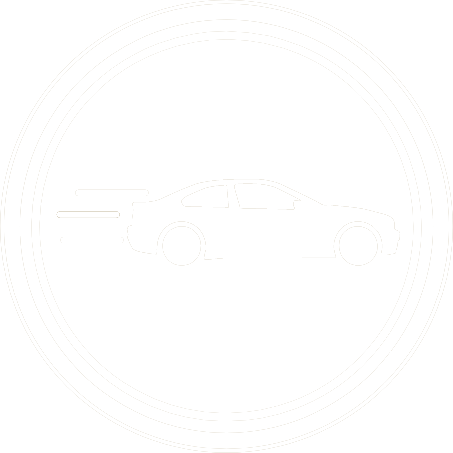The first hydrogen car in full production for Africa could roll off production lines in Morocco as early as 2027, while Ethipia is gearing up for the production of Russian Lada SUV models.
The Moroccan project is being pioneered by entrpreneur Faozo Annajah, co-founder of NamX and much of the production will be exported to Europe – currently Morocco’s biggest automotive outlet from the 250 automotive suppliers operating in the country.
Renault, for example, sources 60% of the parts for its vehicles from Morocco and recently pledged to raise that to 65%.
 Although the power train for NamX will still need to be imported, many other components, including electronics, seats, axles, windscreens and interiors, can be made in Morocco. NamX aims to source 50%-60% of its HUV (hydrogen utility vehicle) in Morocco. NamX’s HUV hydrogen fuel cell car with removable tank system showcased at the Paris Motor Show in October 2022.
Although the power train for NamX will still need to be imported, many other components, including electronics, seats, axles, windscreens and interiors, can be made in Morocco. NamX aims to source 50%-60% of its HUV (hydrogen utility vehicle) in Morocco. NamX’s HUV hydrogen fuel cell car with removable tank system showcased at the Paris Motor Show in October 2022.
Ethiopia, en route to joining the BRICS consortioum of which South Africa is a member, will produce Lada cars on its territory for the African market, according to its Ambassador to Russia, Cham Ugala Uriat.
“We’ll see Russian Lada cars in neighboring countries in the near future, because Avtovaz have already signed a deal with one of the Ethiopian companies,” Uriat said, adding that those cars will be produced in Ethiopia.
 Russian cars may be supplied to Sudan and South Sudan, Kenya and Somalia and he hinted other Russian auto manufacturers “are showing interest now to go to Ethiopia to build assembly lines”.
Russian cars may be supplied to Sudan and South Sudan, Kenya and Somalia and he hinted other Russian auto manufacturers “are showing interest now to go to Ethiopia to build assembly lines”.
Meanwhile, the German Chancellor, Olaf Scholz, is scheduled to visit Nigeria during which time he is expected to discuss new German investments in the country with President Bola Tinubu, including the return of German auto giant, Volkswagen.
CEO of the African Association of Automotive Manufacturers (AAAM), Dave Coffey, was in Nigeria recently and said: “With the effective implementation of the agreed continental automotive strategy and progressive national auto policies and ecosystems, AAAM believes new vehicle demand could increase from 1,1-million to at least 3,3-million a year and possibly 5-million by 2035.
Colin Windell – proudly CHANGECARS











